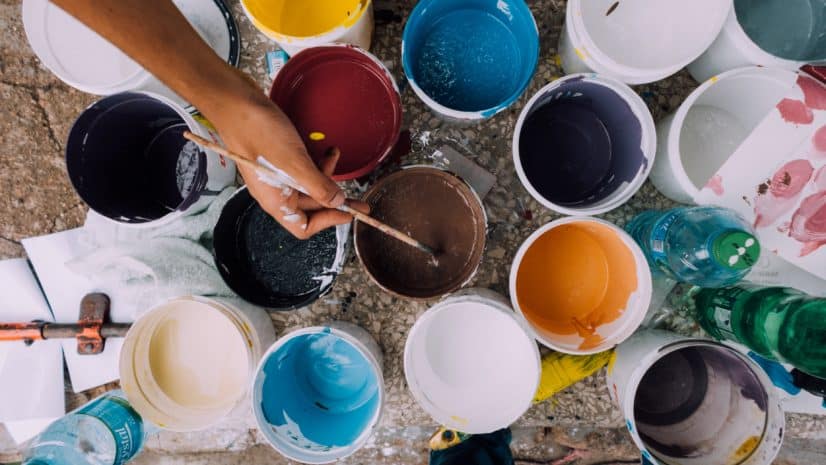Art has the power to change things. The process of making something physical gives us space to gain a fresh perspective on things we thought we knew like the back of our hands. We are visual people— from planning what we are going to wear the next day in our heads, to dreaming at night. We use visual language all of the time—“a picture is worth a thousand words,” or descriptors used for emotions—green with envy, feeling blue.
However, we are easily separated from this inner creator, as we deem it too vulnerable, and oftentimes, useless.
If you ask a classroom full of kindergartners who is an artist, or even who is creative, hands will shoot up all over the room. If you ask a classroom of 5th graders the same questions, significantly less hands will go up, and the ones that do may come up slowly and cautiously, with a shyness that wasn’t there just a few years ago. Add twenty, thirty, or forty years to that and you can imagine that the numbers have continued to drop from the grade school averages. Much of this has to do with the idea of talent—that there is one right way to be creative or to make art, and if that presupposed idea of success doesn’t come naturally, it isn’t for you.
The reality is, there are benefits for everyone in art.
Ed Catmull, former president of Pixar and Disney Animation Studios, said that “art isn’t about drawing, it’s about learning to see.” When we open ourselves up to art, we allow ourselves to experience the world in a new way. Instead of focusing on the product, we begin to direct our attention to the process…and the process has a lot to offer us.
Art can help us explore our own stories, and identify our emotions, thoughts, and the connections between them.
Working creatively makes space to discover new insight and personal meaning and identify patterns and themes present in your life. Art builds confidence as you rediscover your own sense of intuition and empowerment, can increase tolerance for the unknown, and in turn, create a new venue for self-regulation and emotional tolerance.
What would you experience if you allowed yourself to have the freedom of your inner kindergarten artist, focused on the process instead of the product? I invite you to grab the nearest crayon and see for yourself.

